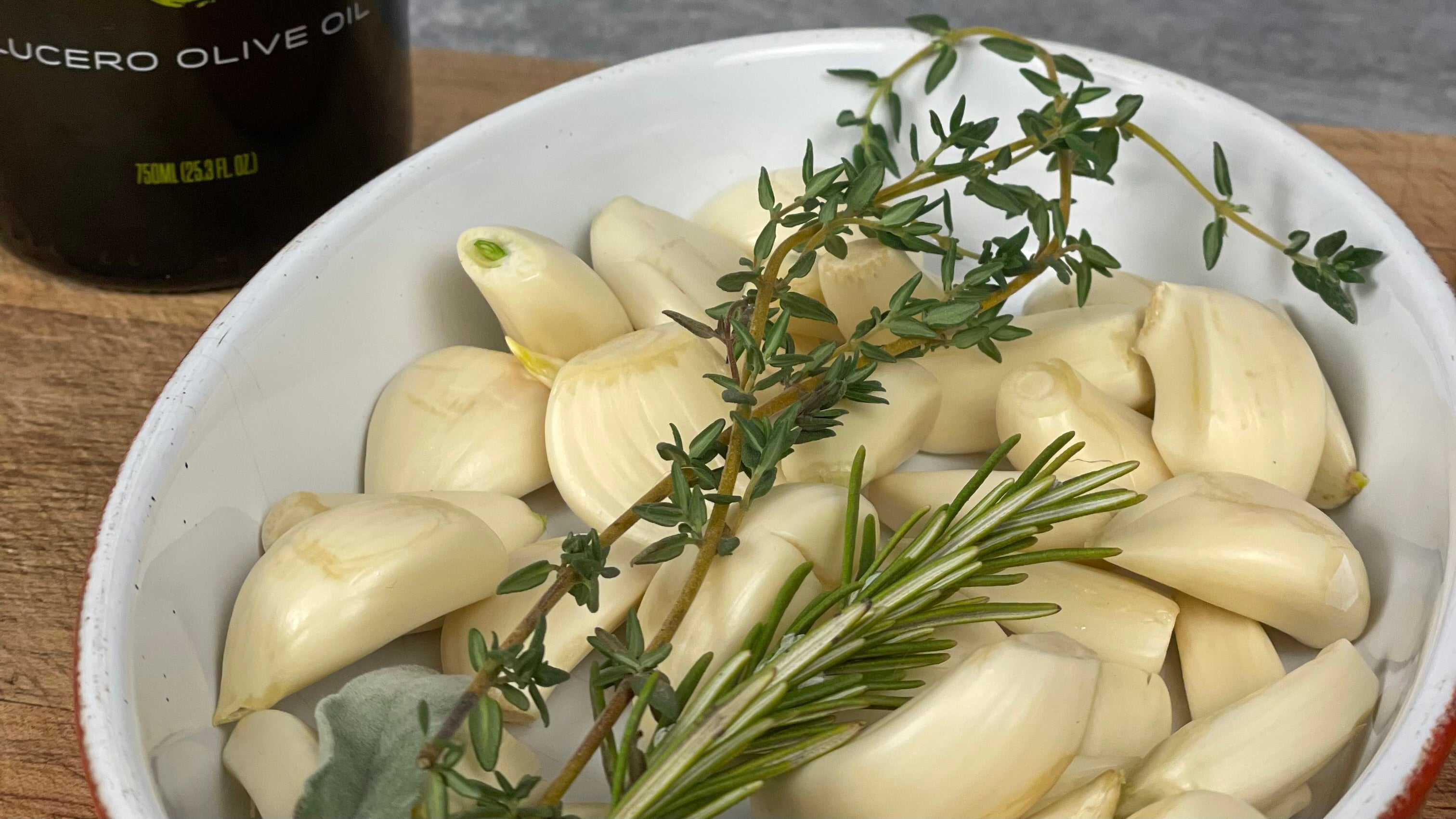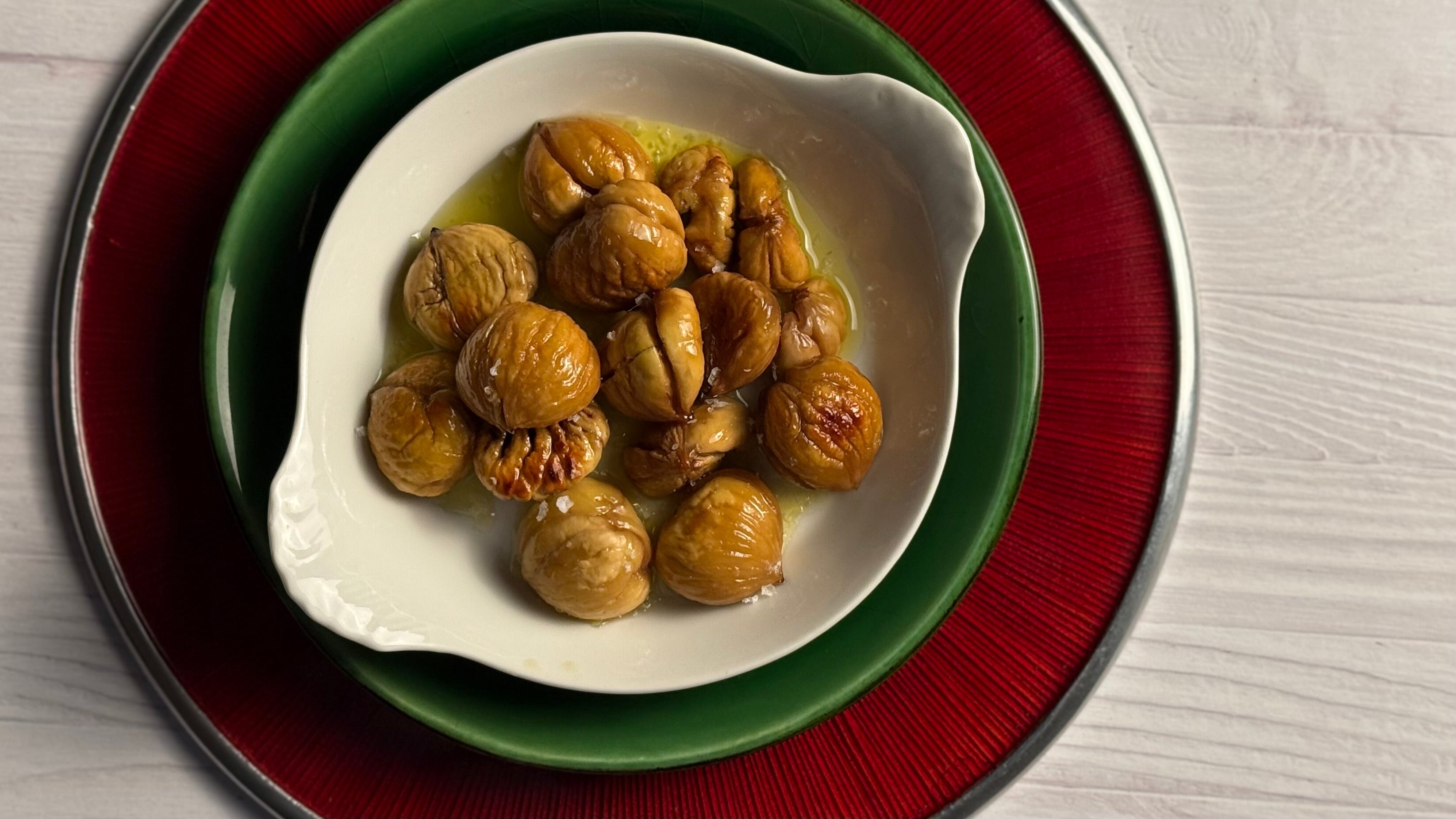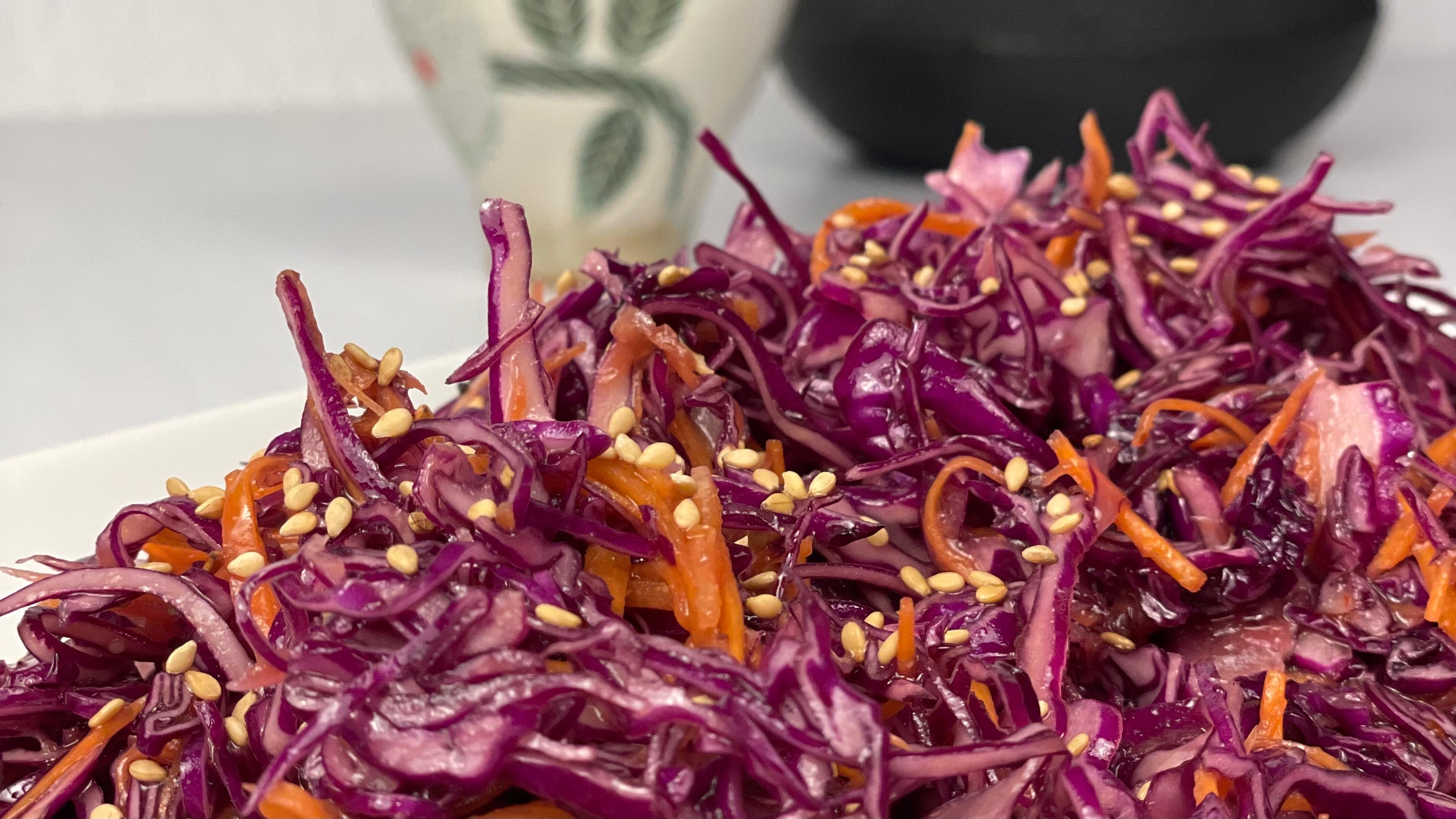
Garlic Confit in Extra Virgin Olive Oil
This recipe first appeared on the American Olive Farmer website March 2025
What it Means to Make "Confit"
Confit is a French culinary technique for slowly cooking meat or vegetables in fat or oil at low temperatures. The slow cooking process not only preserves the food but also imparts a rich, deep flavor to the ingredients.
The word comes from the verb "confire," which means "to preserve", and knowing that helps better appreciate the words confiture, confiture pan, and confiture jar when we refer to fruit jam, a copper jam pan, and those heavy (500g) faceted glasses from Durand in France, the once ubiquitous from Williams-Sonoma in sets of six.
Confit as a method of cooking dates back to medieval times (pre-Frigidaire®) allowing for the storage of cooked foods in a cool place for extended periods without spoilage. The fat seals the container in which the prepared food is placed, preventing the growth of bacteria.
You're likely familiar with salt-cured duck (or goose) confit from Gascony slowly cooked in their own fat until tender then packed into a container, completely covered with the rendered fat available from from Hédiard or Fauchon in Paris; some of you may have even made duck confit yourselves.
Using the same technique, fish is sometimes prepared this way, and garlic confit is another popular application of this technique by slow-cooking garlic cloves in olive oil until they become tender and easily spreadable. It is important to note here that storage of low-acid plant material in oil is a known botulism risk. Commercial producers safely manage this by including an acidifying process to get the pH value below the growth range for Clostridium botulinum. Another method is to kill the toxin with heat prior to cooking in oil. Our recipe includes this step as well as a caveat at the end. I hope that this doesn't dissuade you from trying this recipe; the risk to you is low if you follow standard food safety guidelines. The flavor of this condiment compelling, both because of the smooth texture and non-aggressive and utterly sweet nature of the final product; pungency eliminated. We've made this for our neighbors who are big garlic lovers, and it it was a huge hit.
Happy cooking!
Liz and Donald
PS: Terrific to spread on toast, you can also enjoy garlic confit in this vinaigrette recipe: Garlic Confit Rosemary Sauce.






